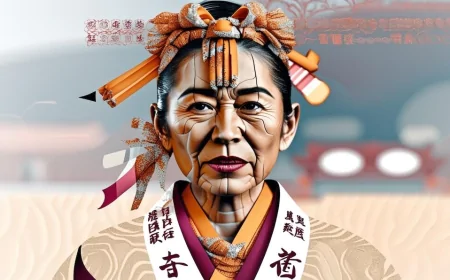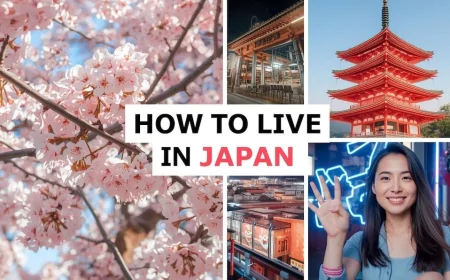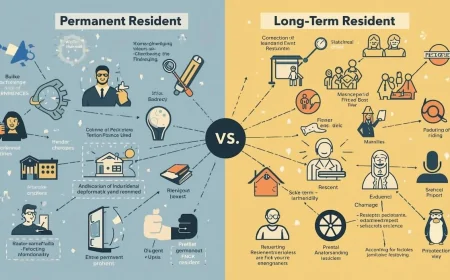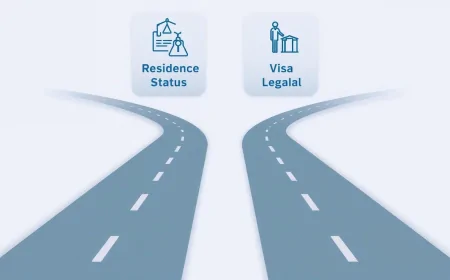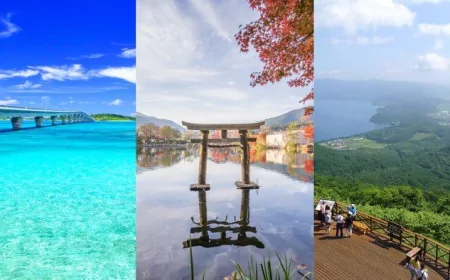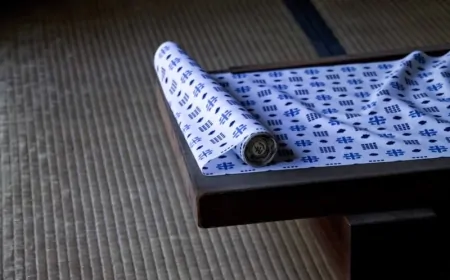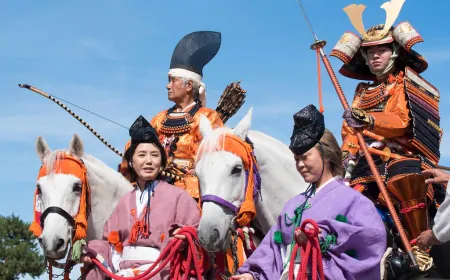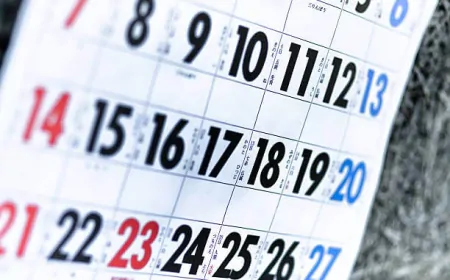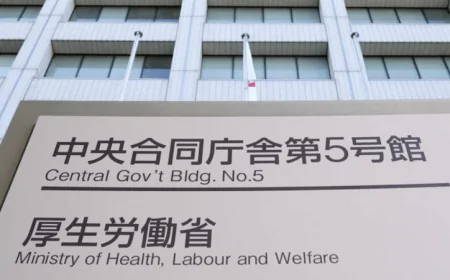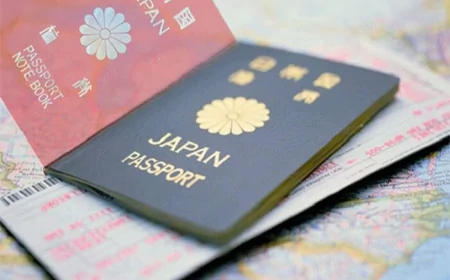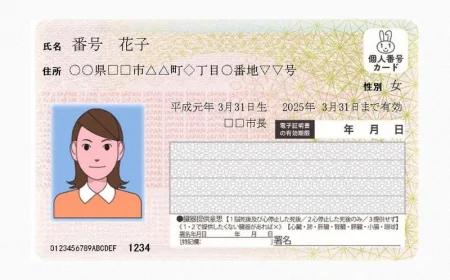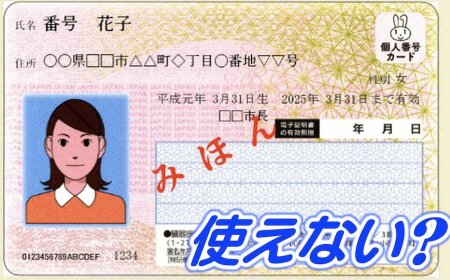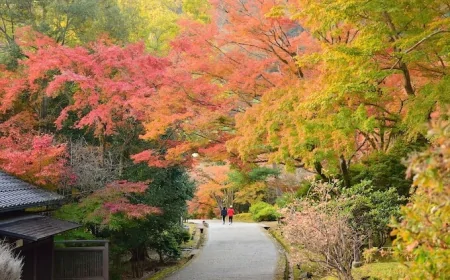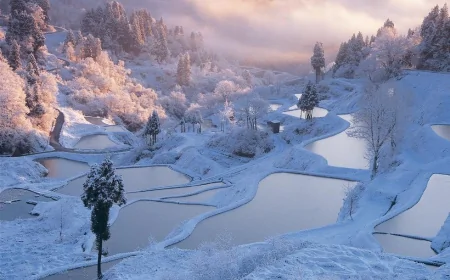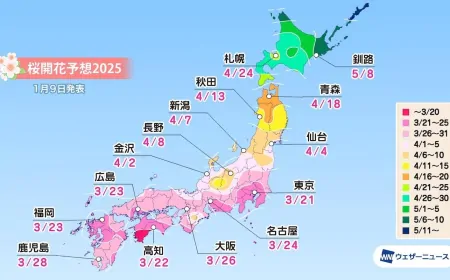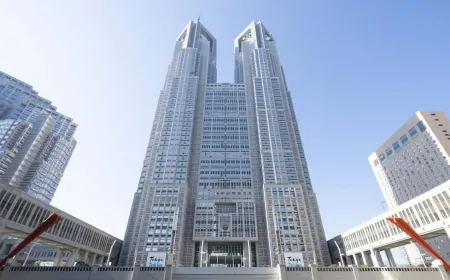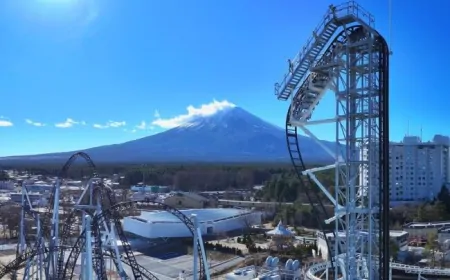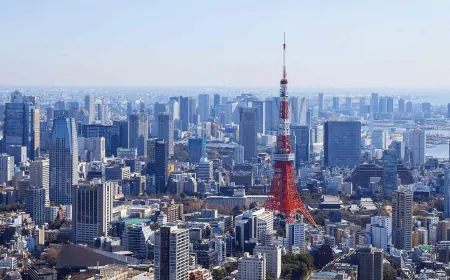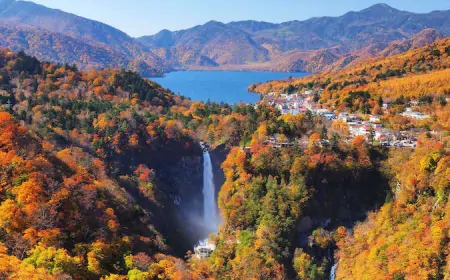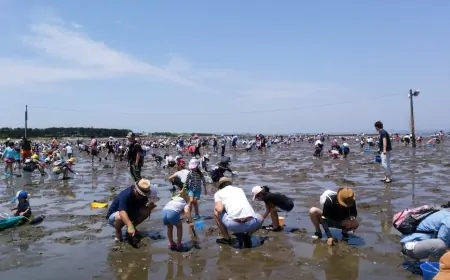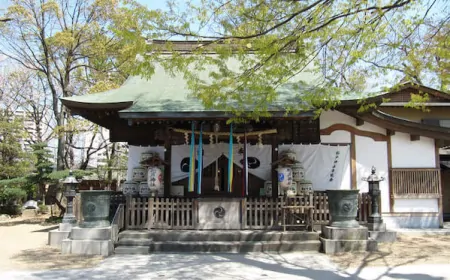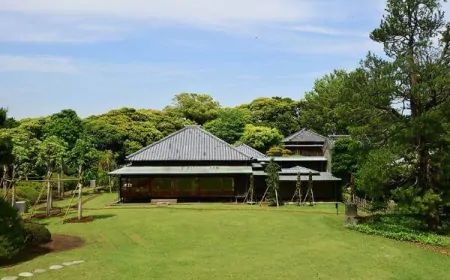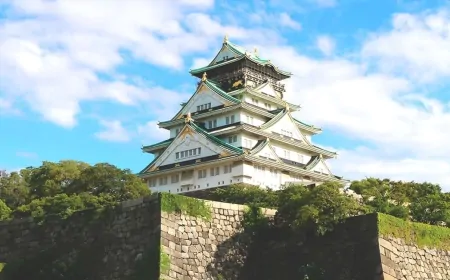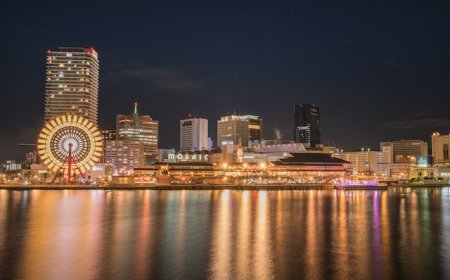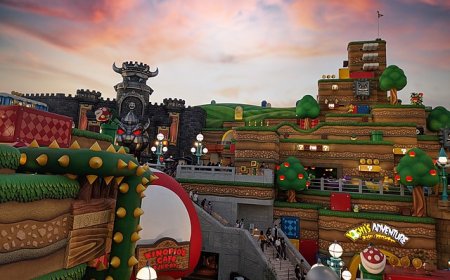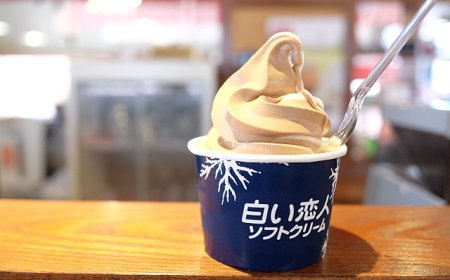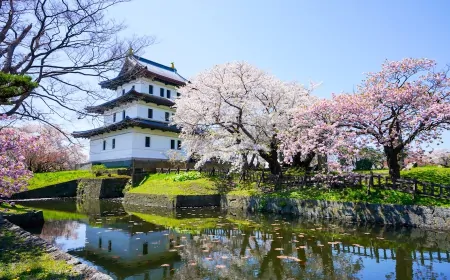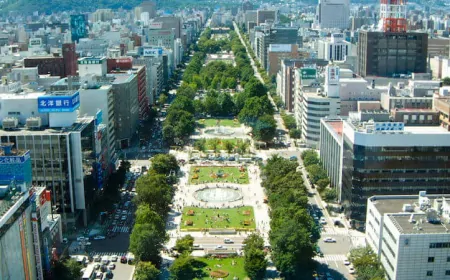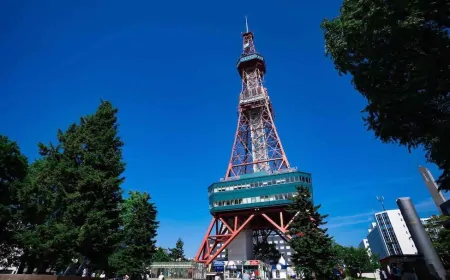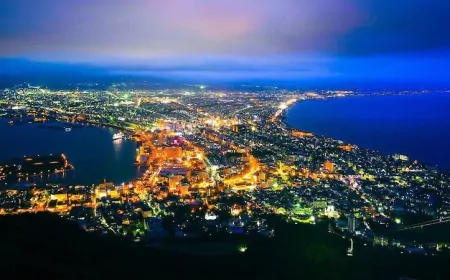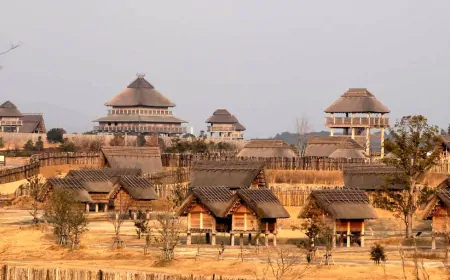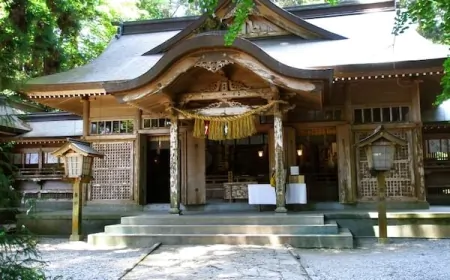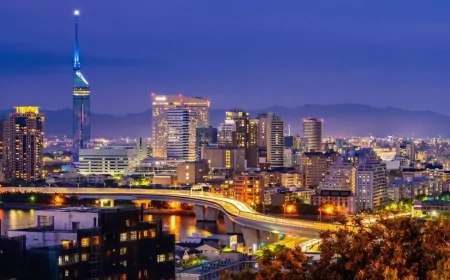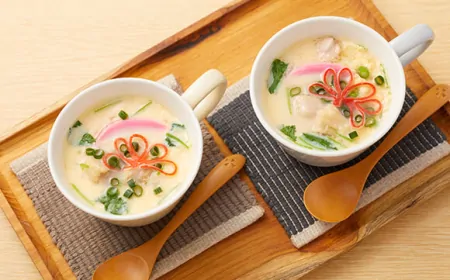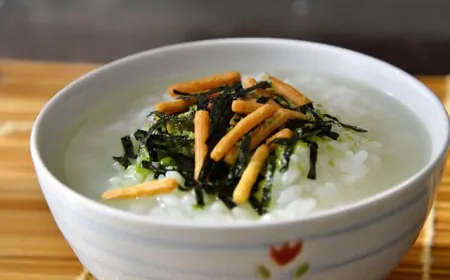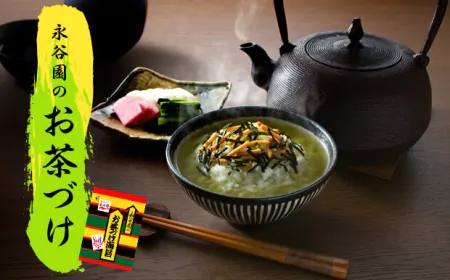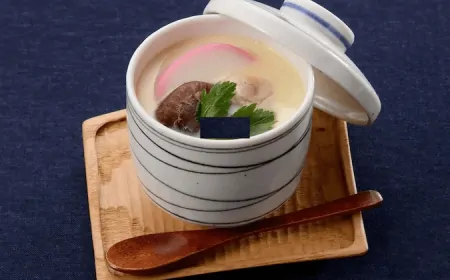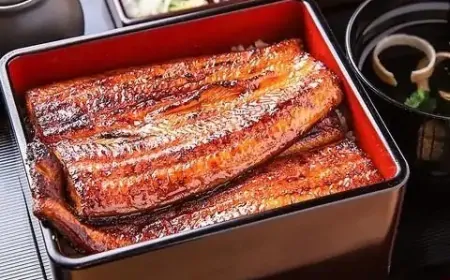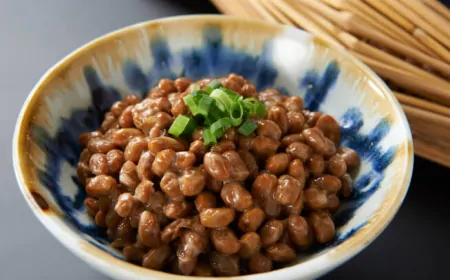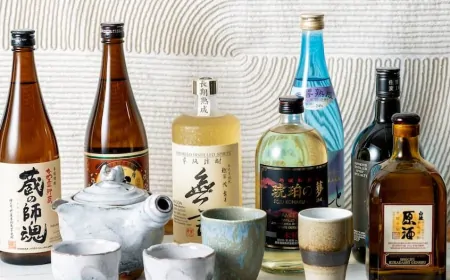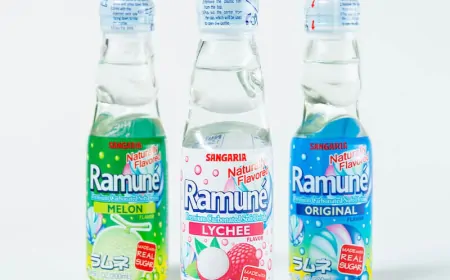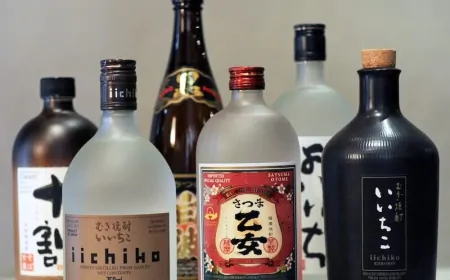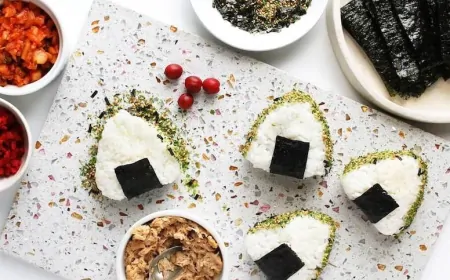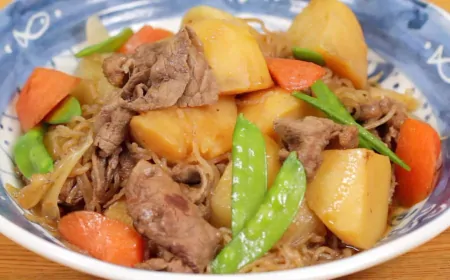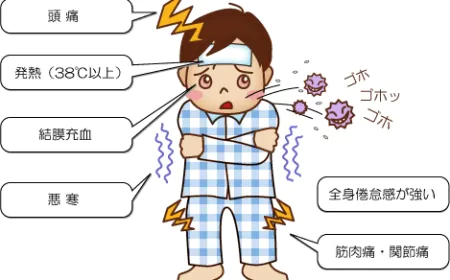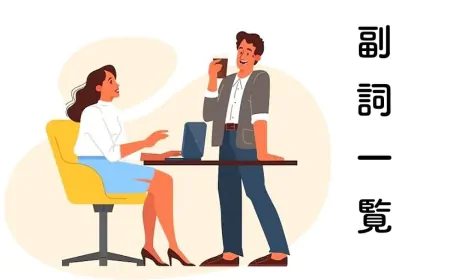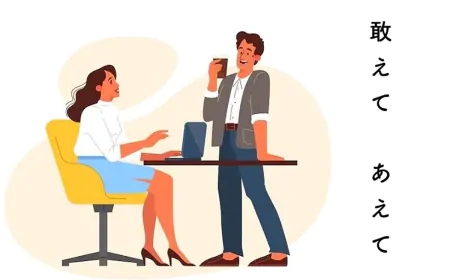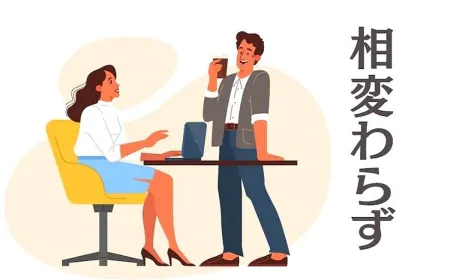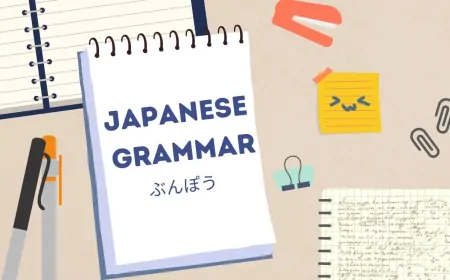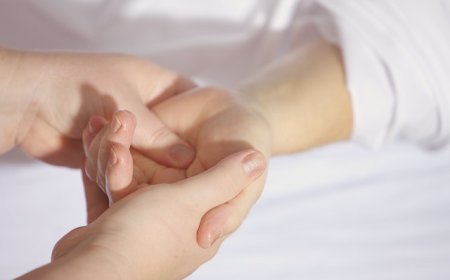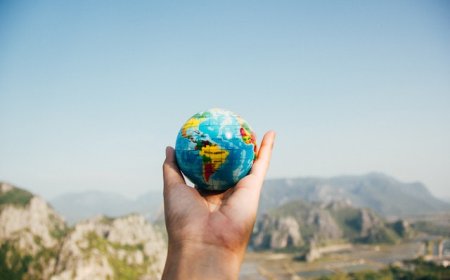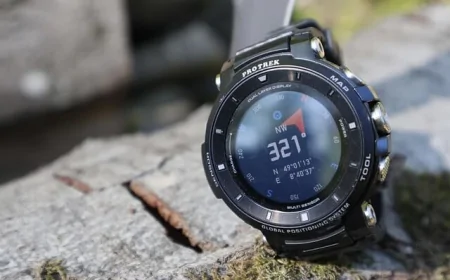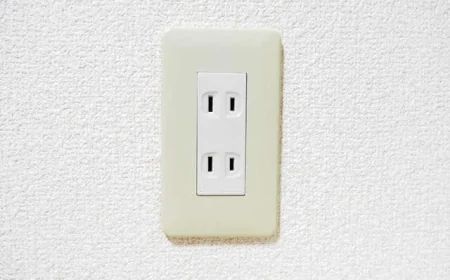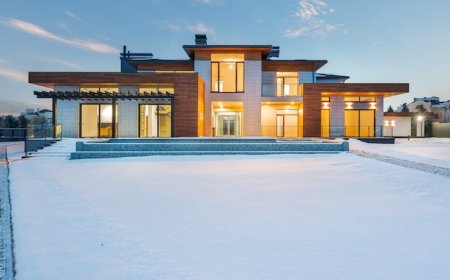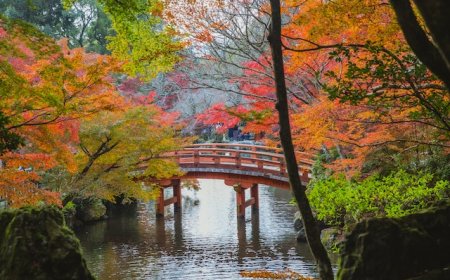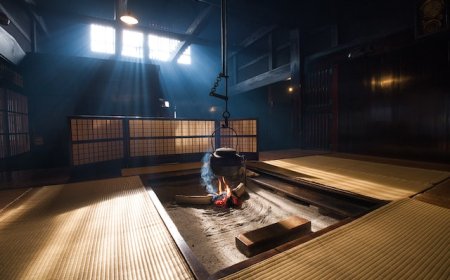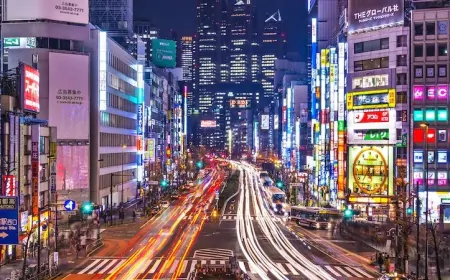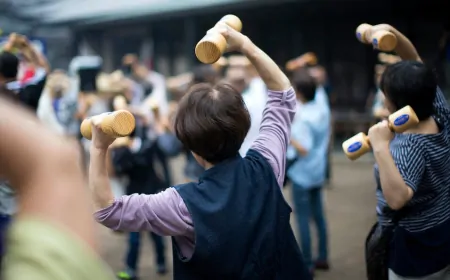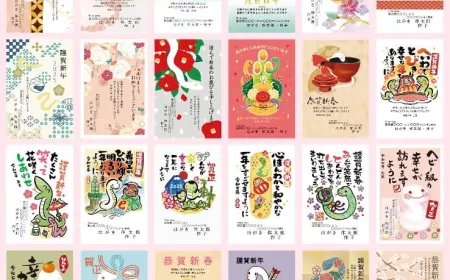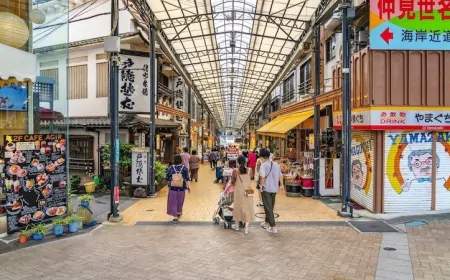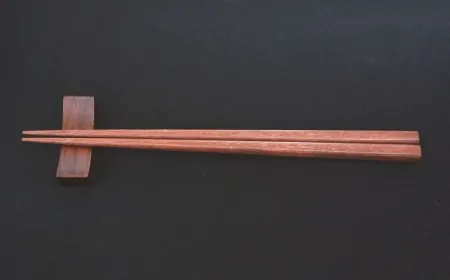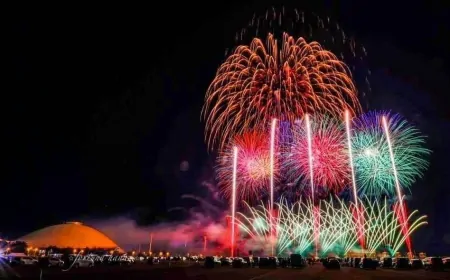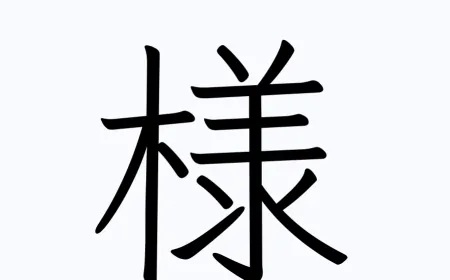The Sengoku period: Political transformations and cultural ascension
The Sengoku period, spanning from 1477 to 1573, stands as a pivotal epoch in the annals of Japanese history, marked by profound sociopolitical transformations, relentless warfare, and cultural evolution.

This era represents the crucible wherein the authority of the shoguns gradually waned, ceding dominance to regional lords. Simultaneously, it witnessed the burgeoning influence of Zen Buddhism and the arrival of Western elements, catalyzing a historical paradigm shift.
Political Turmoil and the Sengoku Epoch
The Sengoku period, often referred to as the "Age of Warring States," is a distinctive chapter in Japanese history, encapsulating relentless military conflicts and societal metamorphosis. This era encompasses the latter half of the Muromachi era (1336 - 1573) and serves as the bridge between medieval and modern Japan. It sets the stage for the ascendance of the Tokugawa shogunate, a watershed moment in Japan's narrative.
The genesis of the Sengoku era unfolds against a turbulent political backdrop characterized by a schism between two competing courts: the Southern Court, advocating for imperial dominance, and the Northern Court, staunch supporters of the Ashikaga shogunate, which had seized power through force in 1338. The assassination of Yoshinori Ashikaga in 1441 further weakened the shogunate's grip, allowing daimyo—the paramount feudal lords—to assert their authority within their respective domains.
Symbolism of the Castle
These daimyo enforced order through their vassal samurai, leading to the establishment of fortified castles as potent symbols of their authority and architectural prowess. These castles typically shared a common design, featuring stone foundations, wooden structures, dungeons, and protective moats. Among these, Matsumoto Castle, celebrated as one of Japan's three most splendid castles, alongside Himeji and Kumamoto, acquired the moniker of the "Raven Castle" due to its distinctive black facade.
Fragmented Authority and the Onin War (1467-1477)
The decentralized nature of power inevitably led to a protracted civil conflict—the Onin War (1467-1477). This conflagration engulfed Kyoto in flames and bloodshed, pitting the rival factions of the Yamana and Hosokawa clans against each other. The war's culmination left both sides exhausted and inflicted severe famines upon the populace.
Notwithstanding the turmoil, the Sengoku era witnessed the emergence of Japan's three most influential warlords: Oda Nobunaga, Toyotomi Hideyoshi, and Tokugawa Ieyasu, who would ultimately unite the nation during the Azuchi-Momoyama era.
Cultivation of Zen Culture in Japan
Amidst ceaseless power struggles, exemplified by conflicts like the Takeda Shingen versus Uesugi Kenshin rivalry, the Sengoku era bore witness to a cultural renaissance.
The Higashiyama bunka movement, often referred to as the "culture of the eastern mountains," heralded the construction of the Ginkakuji, or the Silver Pavilion. Simultaneously, dry gardens (karesansui) reached their zenith under the influence of Zen Buddhism. The Ryoanji model, conceived in Kyoto in 1499, exemplified this trend, emphasizing the representation of natural elements through patterns in gravel. Dry gardens typically featured a tall rock and a flat rock, symbolizing the crane and the turtle, while carefully designed perspectives prevented viewers from comprehending the entirety of the garden's beauty in a single glance.
Another cultural hallmark of this epoch was the tea ceremony, chanoyu, codified by Sen no Rikyu (1522-1591). It emphasized principles of harmony, respect, purity, and tranquility, deeply rooted in Buddhist notions of wabi and sabi.
The Advent of Western Encounters in Japan
Indeed, it was during the Sengoku Jidai that Japan experienced a momentous shift with the arrival of Westerners on its shores. A Portuguese vessel, seeking refuge from an impending storm, sought sanctuary in Japan—a harbinger of the forthcoming influx of migrants and trade.
Marco Polo, during his travels to China, had heard tell of "Cipango," as Japan was then denominated, as a land adorned with gold. In 1584, the Spanish followed suit, establishing direct trade relations with Japan. These exchanges with European nations ushered in novel culinary delights, including bread and wine, and introduced artifacts such as eyeglasses, timepieces, and a treasure trove of knowledge, including medical insights.
Foreign vessels began docking in southern ports, particularly in Kyushu, including Hirado, Funai, Kagoshima, and, most prominently, Nagasaki from 1571 onward. The Western imprint of this era indelibly marked Nagasaki through the construction of villas and churches.
Simultaneously, Christian missionaries made their initial forays into Japan, resulting in a substantial number of Japanese, including daimyo, embracing Christianity by the early 16th century, with estimates suggesting the presence of around 700,000 Christians in Japan.
Nonetheless, Toyotomi Hideyoshi, the second unifier of Japan, eventually prohibited the presence of missionaries, initiating a policy of religious proscription in 1613. This marked the denouement of the Sengoku period, ushering in the Azuchi-Momoyama era (1573-1603).
Related Products








